The Billfish Foundation (TBF) and BFD (formerly Bluefin Data) have teamed up to create an exciting new opportunity for the future of billfish conservation. Together, they’ve integrated BFD’s electronic logbook application, VESL, with TBF’s Tag & Release Program, making it easier than ever for anglers and charter captains to contribute to billfish research and conservation efforts. Now, you can report data through TBF’s online database AND BFD’s new application, VESL.
With over 290,000 data reports already submitted to TBF – mostly from the recreational sportfishing community – this integration will expand our efforts and help give TBF a more detailed understanding of billfish populations and movements.
For more specific information on fisheries electronic logbooks, the development of the integrated form, or the project overview, click ‘Learn More’ below for more information or check out our animation video!
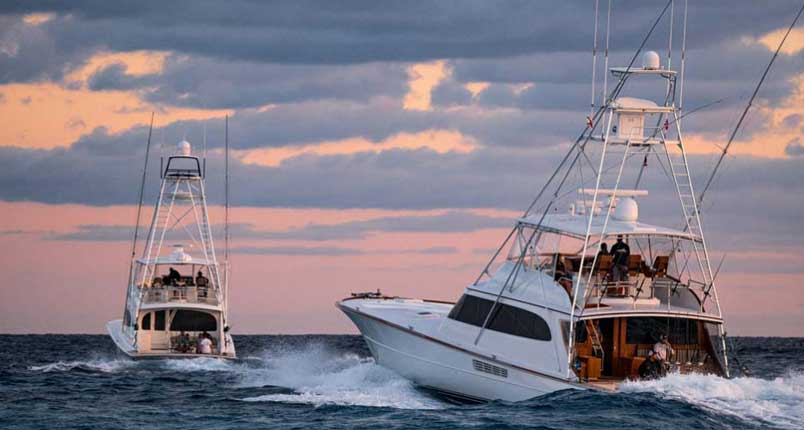
Fishers can participate by registering with VESL. By opting into the TBF Tag & Release Program once you’re set up, you can start contributing valuable data that supports billfish conservation efforts while seamlessly satisfying your reporting requirements. Fishers can also advocate for the adoption of integrated reporting systems to help reduce the overall burden and improve data sharing across fisheries management and research programs.
Sharing this information with those within the industry is also incredibly valuable. Any opportunity to provide more people with an understanding of the goals and the project at hand will lead to increased participation overall.
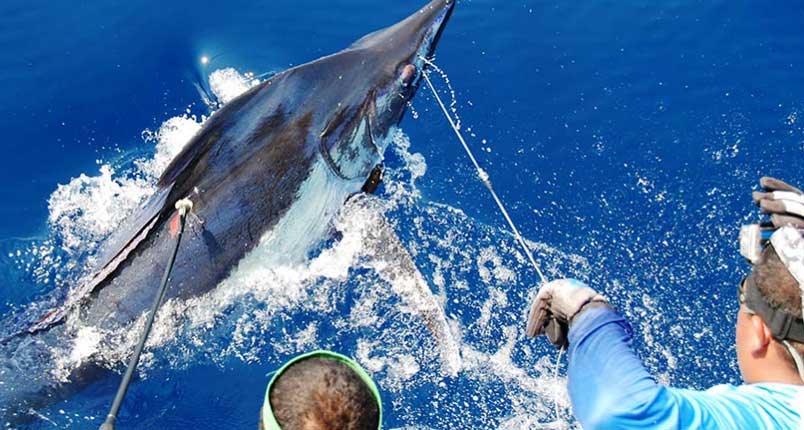
BFD is a fisheries technology company focused on simplifying the reporting process for the fishing industry. They believe the sustainable management of fisheries depends on the quality of the data collected. This ensures the best available data is provided to managers, enabling them to make informed and balanced decisions that support both the ecological and economic health of fisheries.
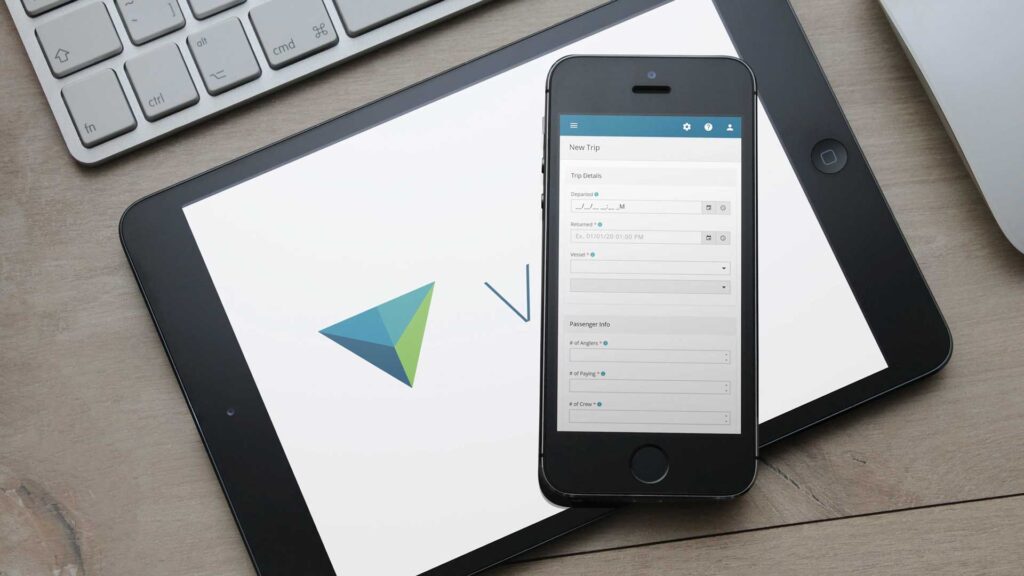
BFD has developed an integrated reporting form within their application, VESL, that combines HMS reporting requirements with TBF’s billfish tagging program. This allows permitted anglers to easily report both mandatory data and optional billfish conservation data in one form. The integration streamlines the process and enhances data accuracy, ensuring all data is sent to the appropriate agencies while allowing the reporters to maintain control over their data.
With this innovative feature, the complexities associated with reporting become minimal, enabling those passionate about fisheries conservation to contribute effortlessly.
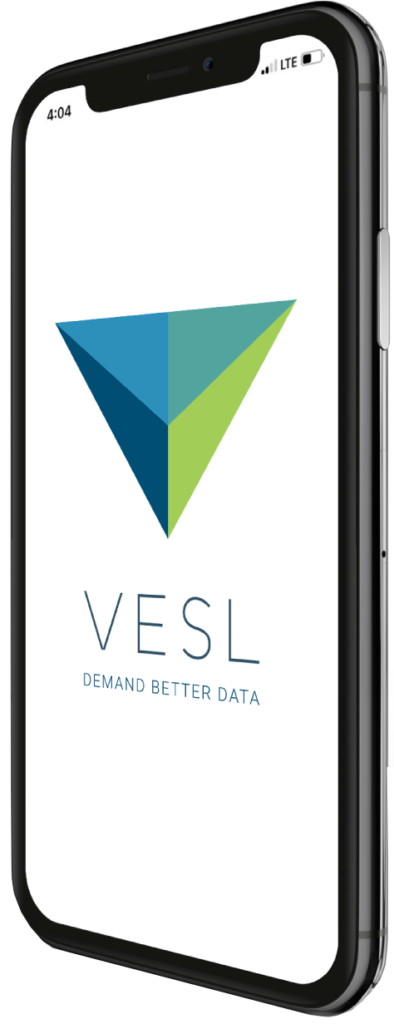
The smart, easy way to report.
Don’t have an account yet?
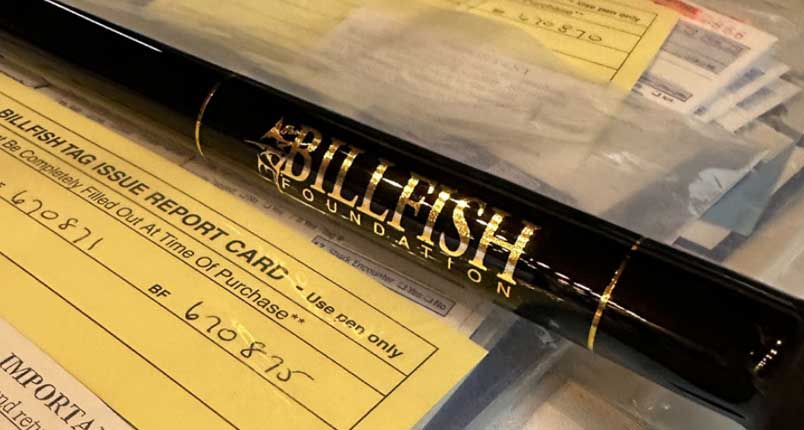
High-quality data is crucial for managing fishery stocks, but fishers often face a growing number of regulatory reporting requirements, often diminishing the desire to participate in collaborative research and science that is important to them and their industries. By integrating TBF’s optional data collection efforts into the already required electronic forms, this project aims to reduce the burden on fishers, improve data collection quality, and ultimately support better fishery management and conservation efforts for billfish.
In general, more than 90% of the data received by TBF comes from the recreational sport fishing community. TBF has worked for more than 35 years to support and conduct research that assesses billfish stocks, identifies billfish threats, and quantifies socio economic contributions of billfish. TBF’s Tag & Release Program is popular within the recreational community, hosting a data sampling size of more than 290,000 data reports and collecting information related to species, location, species, fish dimensions, gear type, hook type, fish conditions, and even crew and boat details. These records have been instrumental in allowing TBF to gain a better understanding of billfish populations and movements, while simultaneously supporting both the anglers and captains of the industry and billfish in general. By adding charter boat billfish data, TBF is able to grasp an even further understanding of billfish, essentially tapping into a market of data collection yet to be obtained.
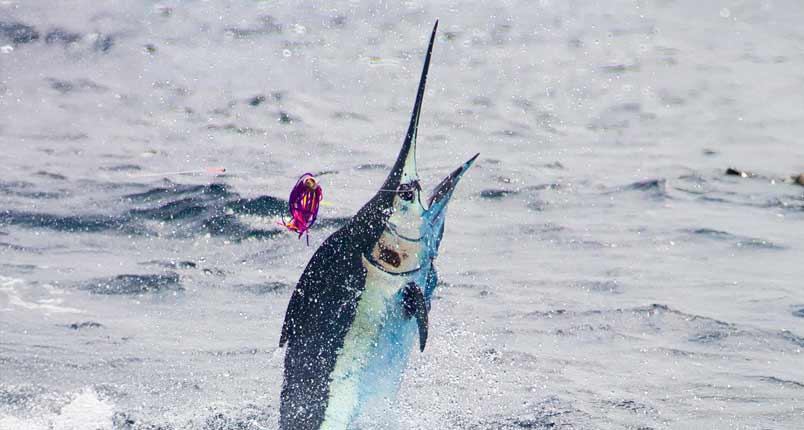
Funded by the National Fish and Wildlife Foundation (NFWF) and their Electronic Monitoring and Reporting Grant Program, BFD, LLC partnered with TBF to enhance billfish conservation efforts. The goal was to integrate TBF’s Tag & Release Program into BFD’s VESL application, allowing different permit holders to easily report their billfish catch in support of conservation. Sparked by a desire to improve current electronic reporting methods and simplify the process overall, BFD developed a unified reporting form that satisfies the Highly Migratory Species (HMS) recreational reporting requirements and TBF’s billfish tagging program. For more than two years, BFD worked to create a simple submission process for users on the commercial and charter side of fisheries that would have the added benefit of supporting billfish conservation and reduce the burdens of reporting.
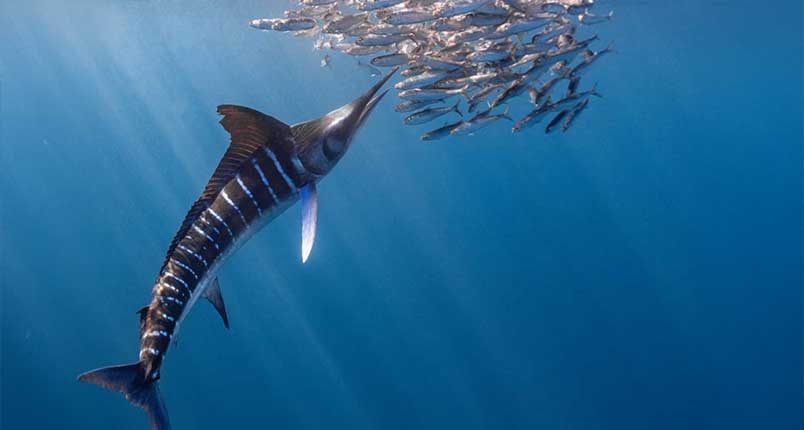
This project lays the groundwork for expanding the integrated reporting system to other sectors, including commercial fishers and charter-for-hire vessels. As more agencies adopt ELBs, VESL can incorporate new research programs and citizen science initiatives, allowing for more efficient data collection across diverse fisheries and contributing to better management and conservation. This partnership is a great example of how technology and collaboration can streamline data collection processes, benefiting both fishers and conservation efforts. It demonstrates the potential for expanding this model to future collaborative research projects, including shark and dolphin depredation studies, discard mortality studies, physical oceanography data collection, and academic research projects, among others.
Overall, the collaboration between these two organizations paves the way for further collaborations, helping to create a unified data collection effort that ultimately benefits the marine resources and those that depend on them.
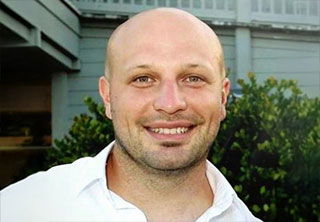
He focuses on science and policy strategy and has experience working in the Fishery Statistics Division at NOAA’s Southeast Fisheries Science Center.

Dedicated to advancing digital solutions for the fisheries industry. Andrew leads the company with a focus on simplifying the reporting process for stakeholders and enhancing data collection for better fishery management and conservation

Focuses on data analysis, education outreach, and program integration, aiming to improve data collection efforts and advance TBF strategies. Previous work includes NOAA’s observer and commercial logbook programs.
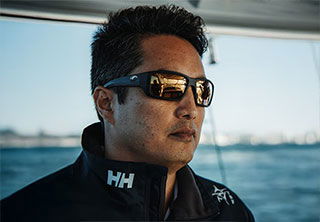
Peter oversees all of TBF‘s Conservation Programs – Science, Policy, and Education.